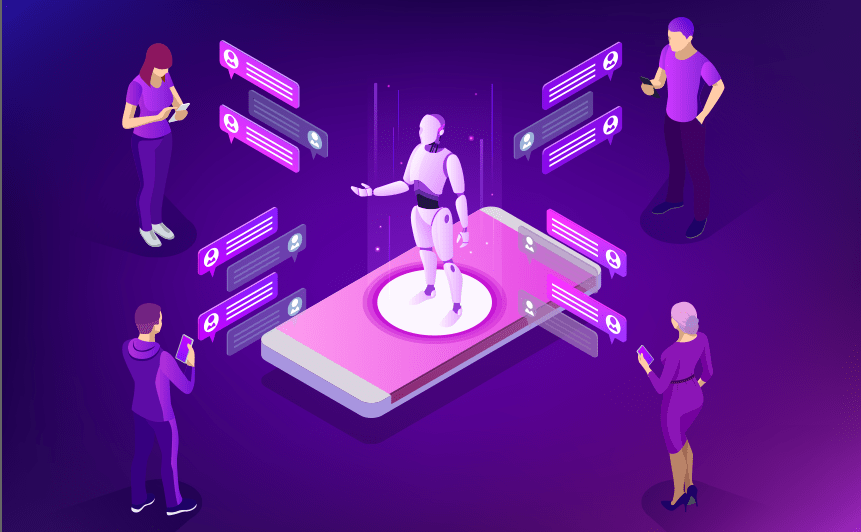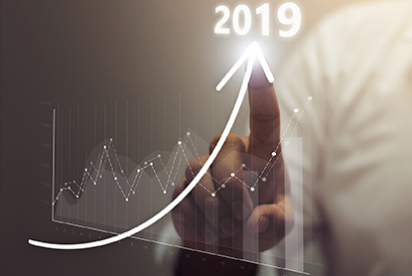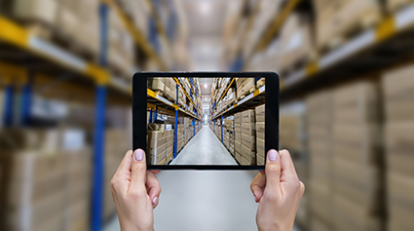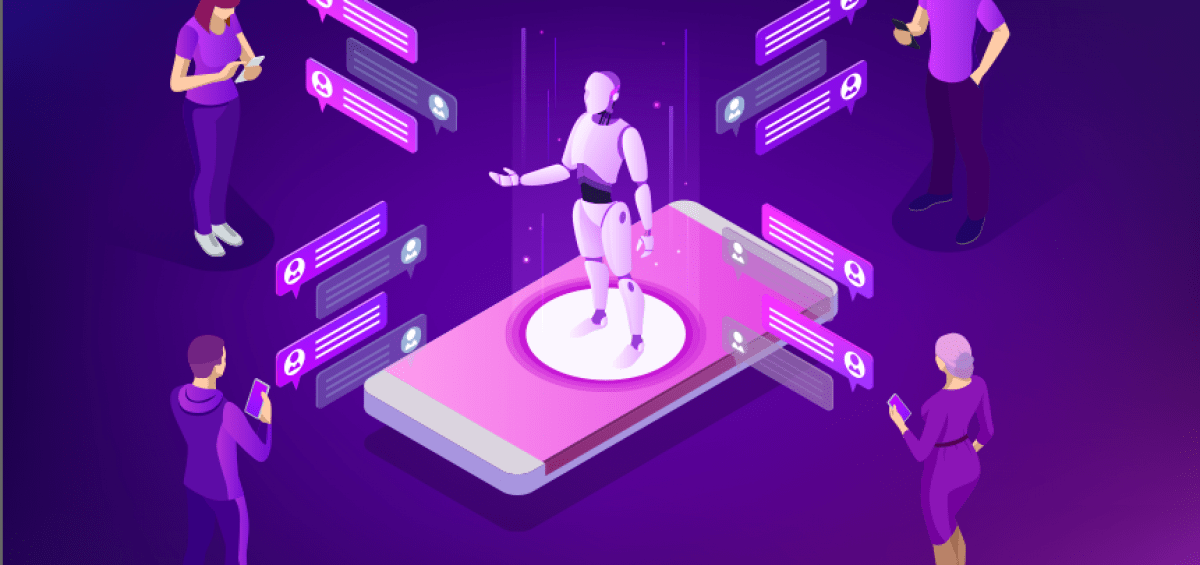
If there is one thing about digital marketing that remains constant, it’s ‘change’. With new technologies such as Artificial Intelligence (AI), Machine Learning (ML), Virtual Reality (VR) and Augmented Reality (AR), marketing is getting more complicated and marketers are perpetually chasing after these new ‘shiny’ objects.
Adding to this ever-changing landscape is the emphasis of data privacy protections, which make the marketing outreach activities even more challenging and versatile.

Fundamentally, no matter how the Marketing Technology (MarTech) landscape evolves (over 7,000 marketing solutions in the market now), the overarching goal of all marketers remain unchanged – drive more revenue at the lowest cost by reaching the right people, with the right message, at the right time. Technology is just an enabler which allows marketers to optimise the entire customer experience to achieve this goal.
Looking back over the years at how MarTech companies have been enabling this goal, we have seen a promising progression. In the past 5 years, we noticed how predictive analytics, programmatic advertising, content marketing and marketing automation have enabled marketers to reach the right target audience with the right message at the right time. With the dawn of AI-powered customer data platforms and the ability to extract the data from siloed marketing systems and orchestrating the messages across all channels, we are starting to see that all the marketing technologies are coming together.
Ironically, if we were to probe deeper, while the technology is growing rapidly, the results are not. According to the Association of National Advertisers (ANA), over 50% of fortune 500 companies declined in revenue in the past 3 years. It’s clear that marketers know how to spend the money, but they might have difficulty in justifying the ROI. Will this phenomenon change in 2019?
“50% of fortune 500 companies declined in revenue in the past 3 years”
“Brands have realised that they need to revisit their digital strategy from time to time”
We are entering into the era of personalised digital experiences. In this digital transformation, brands have realised that they need to revisit their digital strategy from time to time in order to keep up with the changes and navigate the current marketing landscape. It’s evident that the growing number of businesses recognise the impact of digital transformation on their organisation.
Table of Contents
So what’s the future of digital marketing?
There is continued interest in developing integrated and personalised digital marketing strategies across multiple channels.
According to a research by Adobe, there are four key pillars of digital transformation:
1
User Experience


2
Personalization
3
Automation


4
Organizational Readiness
So what can marketers do at each of these intersections of transformation in 2019?
1
User Experience
All four pillars are interconnected. Outstanding customer experience requires a customised and personalised approach to digital content and marketing. Integration with CRM data allows marketers to track the full scope of their customers’ journeys across multiple devices and channels, allowing them to trigger targeted content at the right time. Experienced marketers in MarTech will enable an organisation to have a 360-degree view of their customers that will form the foundation of bringing customer experience to life.

2
Trends

A well-designed user interface could raise your website’s conversion rate by up to 200%. A better UX design could yield conversion rates up to 400%. We are seeing a rise of finger-friendly experience in terms of mobile experience.
Advances in artificial intelligence, augmented reality, and virtual reality mean fresh design opportunities for user experience designers. It is expected that a combination of these technologies will see similar growth, with job opportunities for AR/VR or MR designers exploding in the coming years.
3
Personalisation
Thanks to the collectable data available today, companies can target their customers with increasing levels of accuracy and personalisation. A big part of the challenge here in 2019 is how to gain insights from the terabytes of data created every day.
Fragmentation remains a great challenge for many organisations when it comes to personalised marketing. Operating on different systems while pulling data from different sources means that it can be difficult to connect information about the customer.
Since 2018, Customer Data Platform (CDP) has been gaining momentum faster than any other marketing technology, even though many marketers are not yet familiar with the technology

What’s Customer Data Platform (CDP)?
A Customer Data Platform (CDP) is a marketer-based management system. It creates a persistent, unified customer database that is accessible to other systems. Data is pulled from multiple sources, cleaned and combined to create a single customer profile.
The aim of the CDP is to bring together all customer data and stitch the data together into unified customer profiles so that a marketer can easily work with it.
Customers are beginning to expect more personalised experiences. Advancements in AI and data analytics opens doors for marketers to create content and communications personalized to the individual.
Trends:
Data-driven marketing using a CDP based on a person’s real-time needs, interests, and behaviours provides a chance to create a great customer experience. With user experience being a key driver of loyalty and repeat purchase, utilising personalisation to improve your customers’ experience is essential for your marketing objectives for 2019.
4
Automation

Digital marketing automation has been around for decades. More recently, the tools used to streamline campaigns have gotten more sophisticated. Enterprises need to keep detailed, historical records of their customer relationships. That includes enhanced reporting and analytics to measure campaign effectiveness.
The main challenge of the marketing and advertising industry are integrations, mapping the process with the automations and creating sufficient content. Even with all the integrations provided by marketing automation vendors and solutions like Zapier, it’s still challenging to set up integrations between different platforms and tools.
Because of this challenge, there has been an increase in all-in-one technology solutions that can handle marketing across multiple platforms. All-in-one technology allows brands to engage their customers throughout the entire customer journey by integrating website, email, social and mobile. It can also can also track the content that their customers want to engage with, as well as providing advanced analytics to see what is working well and what is not.
Trends:
As marketers continue to embrace AI and machine learning in 2019, they’ll increasingly be able to create programs that incorporate machine-based decision making and true personalisation, rather than relying solely on rules-based automation. With AI, marketers can build better audience segments and embed machine-driven segmentation into their marketing automation technology stacks.
5
Organization Readiness
Organisational readiness is the ultimate crucial step towards digital transformation. If a company is not prepared to invest both time and money into the processes required to deliver digitally personalised experiences it will be unlikely to reach any quantitative results.
The expansion and growing importance of digital transformation in business is transforming the fundamental organisational structure.

Are your existing products and services digitalised?
Are your digital concepts, methods and tools interconnected?
Businesses have recognised that the new, technology-driven business models arising out of digitalisation are driving market share. It is not about wanting to be digitalised, it is about accepting that becoming a digital company is necessary for survival.
It is a change to your entire organisation and leveraging on the technology platform that is capable of connecting and orchestrating all of the technology, people and processes within an organisation so they can work together towards common business goals.
Trends:
Many companies will be developing and deploying new digital tools in 2019 to ease their transition into a digitally-led organisation. This will enable employees and management to embrace the digital movement, increase work efficiencies and inculcate a digital mindset and culture.
Conclusion:
The world of digital is changing rapidly. Your success in this ever-changing digital economy depends on your team’s agility. There is a never-ending drumbeat of new technologies to help attract, connect and engage with your customers. Invest in technology, digital skills and education and we believe you will exceed your business goals.
It’s important to have a clear roadmap and technology in place for the rest of 2019!

